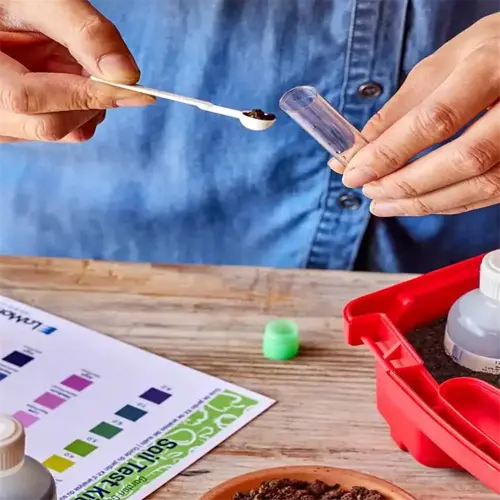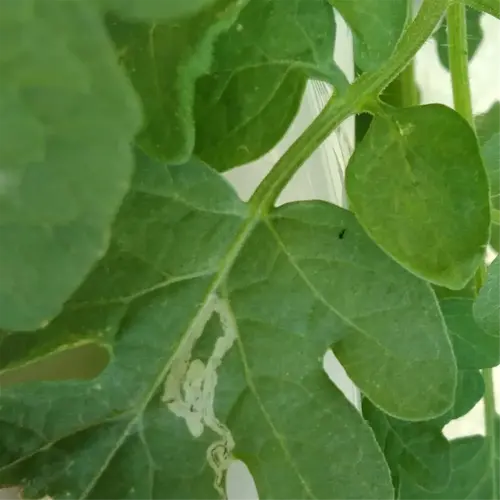How to accelerate decomposition in cold climates?

Written by
Julia Anderson
Reviewed by
Prof. Charles Hartman, Ph.D.The Lasagna gardening method is effective in all four seasons, but cold climates reduce microbial action. I have clients who garden in Minnesota who can dictate the layers in -20°F winters using summative strategies. Pre-composted "greens" in a cold layer, insulating strategies keeping beds active even in winter, snow-covered conditions. The fundamental success key is nitrogen layers and controlling the sizes of layers for successful composting.
Heat-Boosting Techniques
- Pre-compost greens in sealed bins for 2 weeks pre-layering
- Bury 1" chicken manure pellets every 6" depth
- Cover beds with black landscape fabric until snowfall
- Mix 10% finished compost as microbial starter
Material Modifications
- Shred leaves to 1" pieces using lawn mower
- Replace straw with spent grain from breweries
- Soak cardboard in compost tea before layering
- Add 2" coffee grounds between every brown layer
Use a 24" compost thermometer to monitor internal temperatures. Aim for ideal temperatures in the 90°F to 110°F range even in air temperatures below freezing. For example, my Alberta bed hit 104°F in January because it had layers of manure and was wrapped in burlap. Turn the beds if they cool down below 80°F for more than 48 hours or the composting process will stop.
Slow Decomposition
- Insert perforated PVC pipes for airflow
- Add 1 cup sugar water per sq ft to feed microbes
- Layer snow instead of removing it (insulation)
Odor Control
- Mix pine needles into soggy layers
- Sprinkle bokashi bran every 12"
- Avoid meat/dairy in pre-compost phases
Methods for extreme cold need to be combined. A Vermont client wrapped the beds with geotextile blankets over plastic, to mimic a greenhouse effect. They had decomposed their lasagna layers, growing food at a chilly -30°F, the entire time. Layering and strategy always beat the raw climatic conditions.
Read the full article: Lasagna Gardening Method: 10 Essential Steps for Success

